Do you have your own garden? Are you considering the possibility of starting one? Here are some basic principles that can help you achieve a beautiful garden.
Starting garden planning
In gardening matters, a fundamental rule is to avoid improvisation. Take the time to decide what you want to do and explore all the practical possibilities of doing it. A piece of land, even if it is small, can be used well. Begin by drawing a plan of the available space, marking nearby buildings (the walls of your house, your neighbor's property, or any other boundaries). Also study the distribution of hours of sun and shade in your future garden. If there are plants already planted that may be a nuisance, consider removing them. Also decide whether or not to fence the land. If, in addition to planting small shrubs, you intend to plant large trees, consider the area they will need, without forgetting the expansion of the roots.
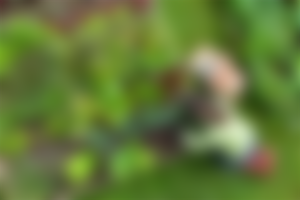
What must you do to make your plan work?
This should consist of three objectives: variety, unity and balance. The latter is the result of the proper balance of the first two. Remember, as a basic rule, that the garden should never be more important than the house itself. A well-planned garden serves to hide the weak points of the exterior construction of the house, while helping to enhance the best features of its architecture and not to hide them. Therefore, as a general rule, the simplest plants should be preferred for the front garden, while those with thicker or thicker foliage, should be reserved for the background or backyard.
Never plant in excess and try to achieve a balance or harmony of colors between the different areas. And if the lawn or grass creates a positive sense of spaciousness, open space, try not to break it by planting an exaggerated number of shrubs.

Lastly, don't overlook the practical value of plants (other than their ornamental value). For example, fairly dense hedges are great to isolate a property from neighbors, and trees with very thick foliage (they do not need to be very tall), can create a corner to lie in the shade, to rest in a hammock. or in an extension chair, sit down to read or receive friends.
Proper soil drainage is essential. Avoid planting in low or sunken ground where the water will puddle. And do not plant flowering plants near large shrubs, as these will rob the shrubs of moisture, as well as the nutrients in the soil.
Examine nearby gardens before starting yours, and take note of which plant species are blooming the most and which are the most wilted or wilted.
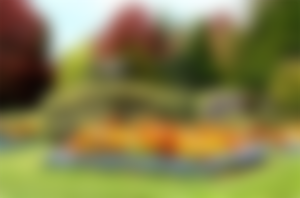
What preliminary work should I do before planting in my garden?
The first thing, if necessary, will be to build adequate drainage channels and add a fairly thick layer of topsoil to the current area where you are going to plant, if the soil has characteristics of being arid.
Also the land that is now available can be greatly improved by organic fertilizers (manure, mulch, marsh moss, dry leaves). Chemical fertilizers will supply the soil with nitrogen, phosphorus, or potassium if it is lacking. One of the most commonly used fertilizers is one that contains five parts of nitrogen and five of potassium for every ten parts of phosphoric acid. But there are other formulas for special floors. The labels on the containers specify the proportions.
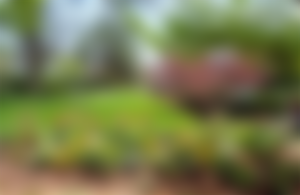
Whichever you use, mix it well with the soil. Don't just spread it on the surface. Ideally, the soil should not be too alkaline or too acidic.
If it is very acidic, it can be made quite alkaline by adding a little lime to it. Soil analyzes, to determine the acidity or alkalinity of the soil, that is, what is known as the PH, are not expensive at all. They can be done by an agronomist or at an agricultural station.
Thanks for visiting my publication.
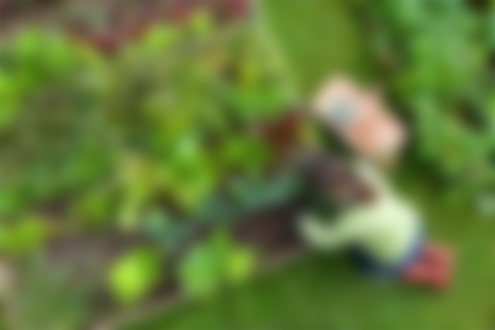

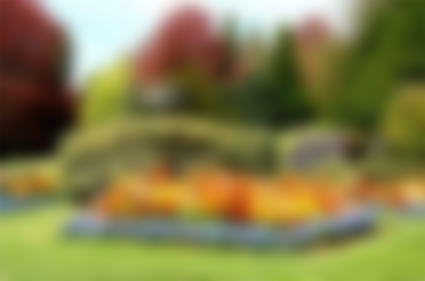
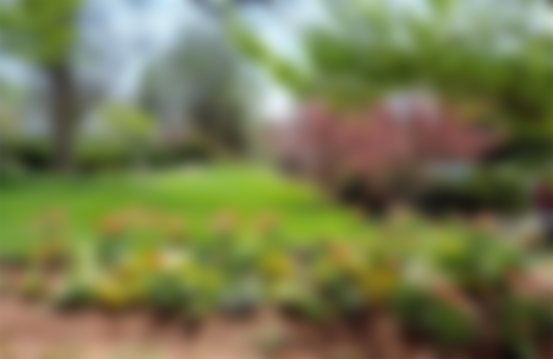
I think i made one article about gardening too, and yours somehow is well defined. Great way in putting it all up, i like gardening too.